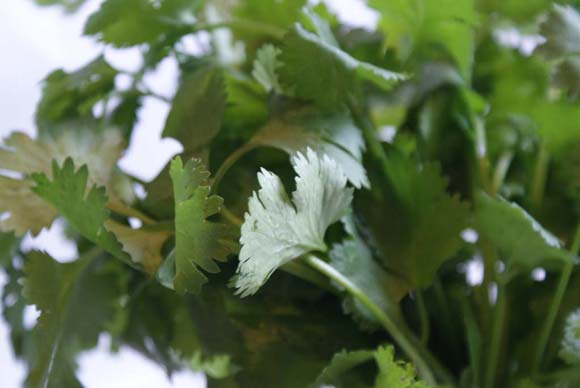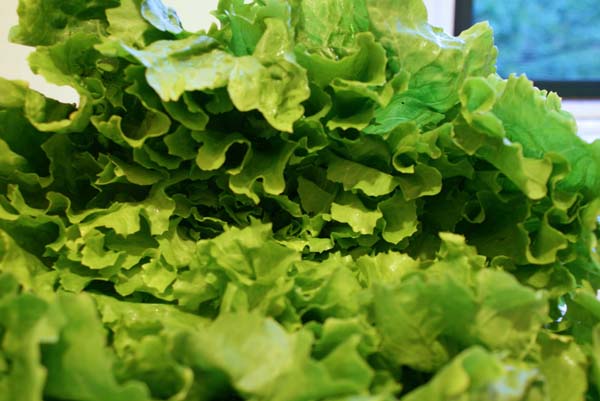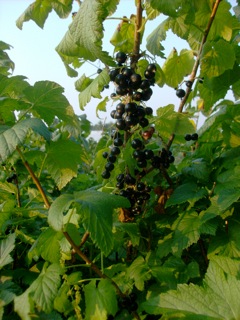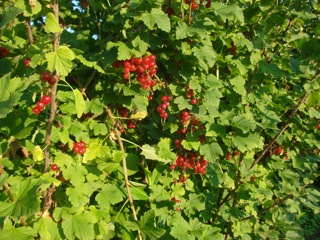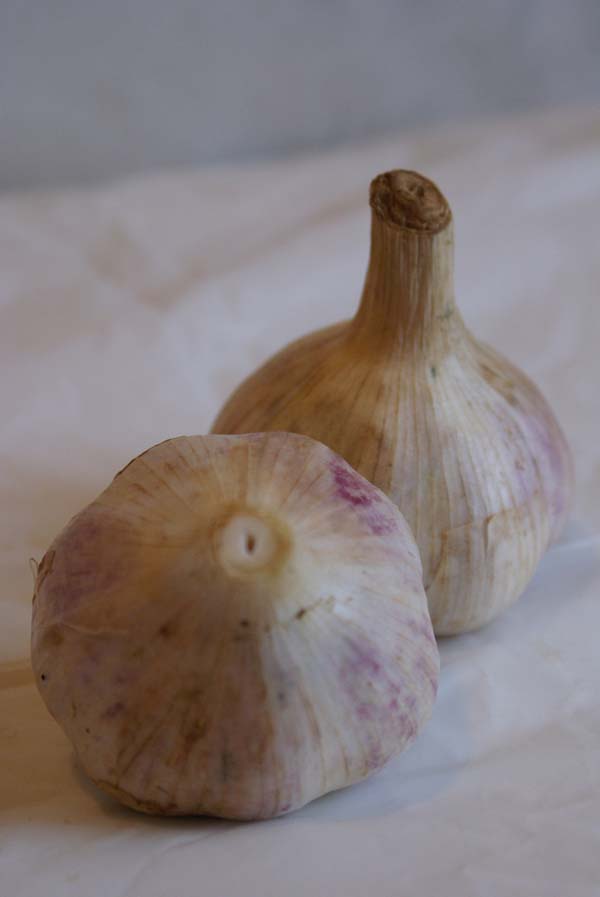
Brussels sprouts look like little miniature cabbages. The little round vegetables grow along a long tall stem.
Nutrition:
1 cup (88 grams) has 38 calories, 0 fat, 3 g fiber and 3 g protein. Brussels sprouts are rich in many valuable nutrients. They are an excellent source of vitamin C and vitamin K.
Storage:
Keep unwashed and untrimmed Brussels sprouts in the vegetable compartment of the refrigerator. Stored in a plastic bag, they can be kept for 10 days. If you want to freeze Brussels sprouts, blanch them first for between three to five minutes. They will keep in the freezer for up to one year.
Origin:
While the origins of Brussels sprouts are unknown, they are thought to be native to Belgium, specifically to a region near its capital, Brussels. They remained a local crop in this area until their use spread across Europe during World War I. Brussels sprouts are now cultivated throughout Europe and the United States.
Cooking tips:
Wash them well to remove any insects that may reside in the inner leaves.
Brussels sprouts are usually cooked whole. To allow the heat to permeate throughout all of the leaves and better ensure an even texture, cut an “X” in the bottom of the stem before cooking.
Sliced thinly, raw brussels sprouts also make a nice addition to cold salads.
Braise Brussels sprouts in liquid infused with your favorite herbs and spices.
Combine quartered cooked Brussels sprouts with sliced red onions, walnuts and your favorite mild tasting cheese such as a goat cheese or feta. Toss with olive oil and balsamic vinegar for an exceptionally healthy, delicious side dish.
Substitutions:
Fresh broccoli tips
Equivalents:
1 lb fresh = 4 cups cooked
1 quart = 1.25 lbs = 5 cups cooked
10 oz frozen = 18 – 24 sprouts = 1.5 – 2 cups cooked



